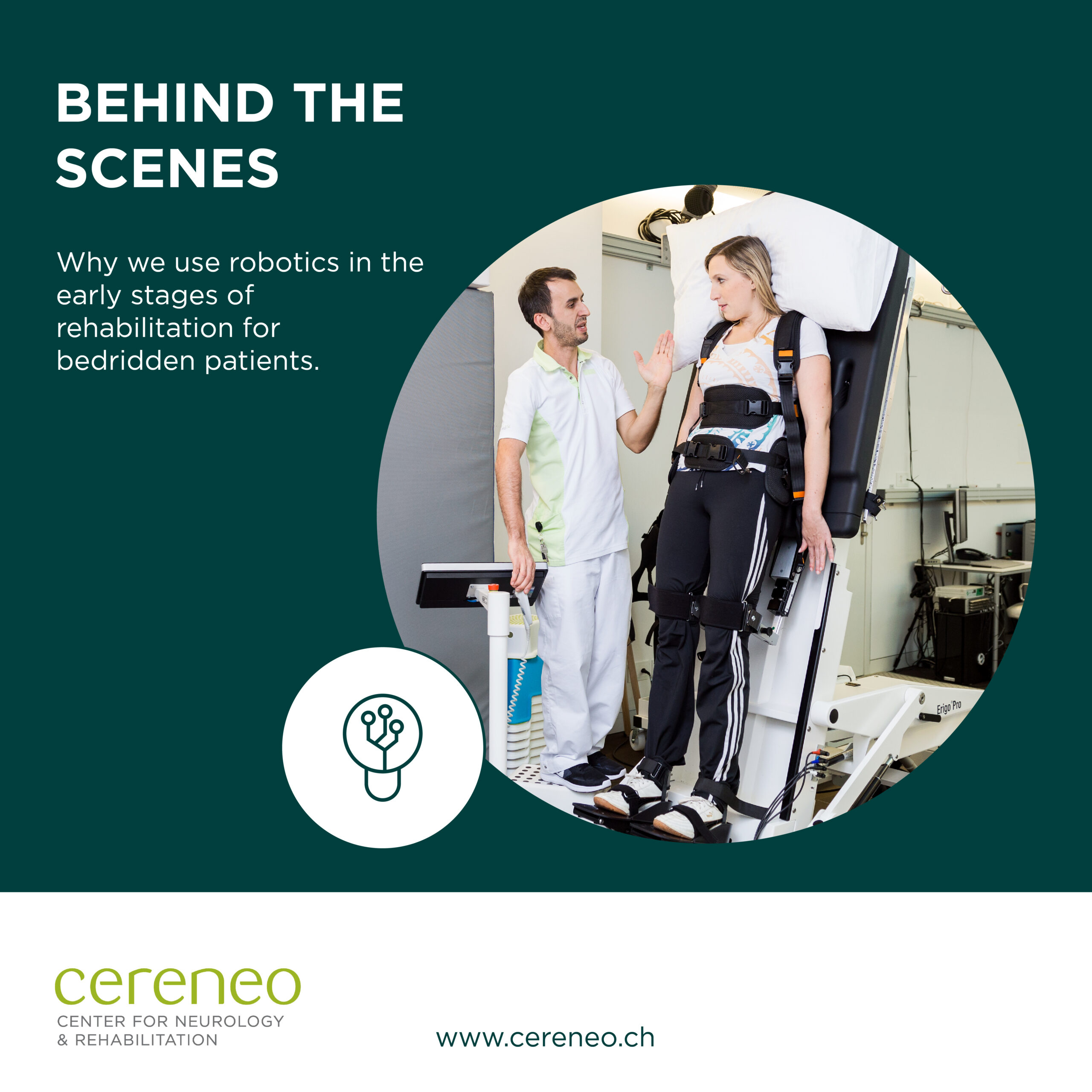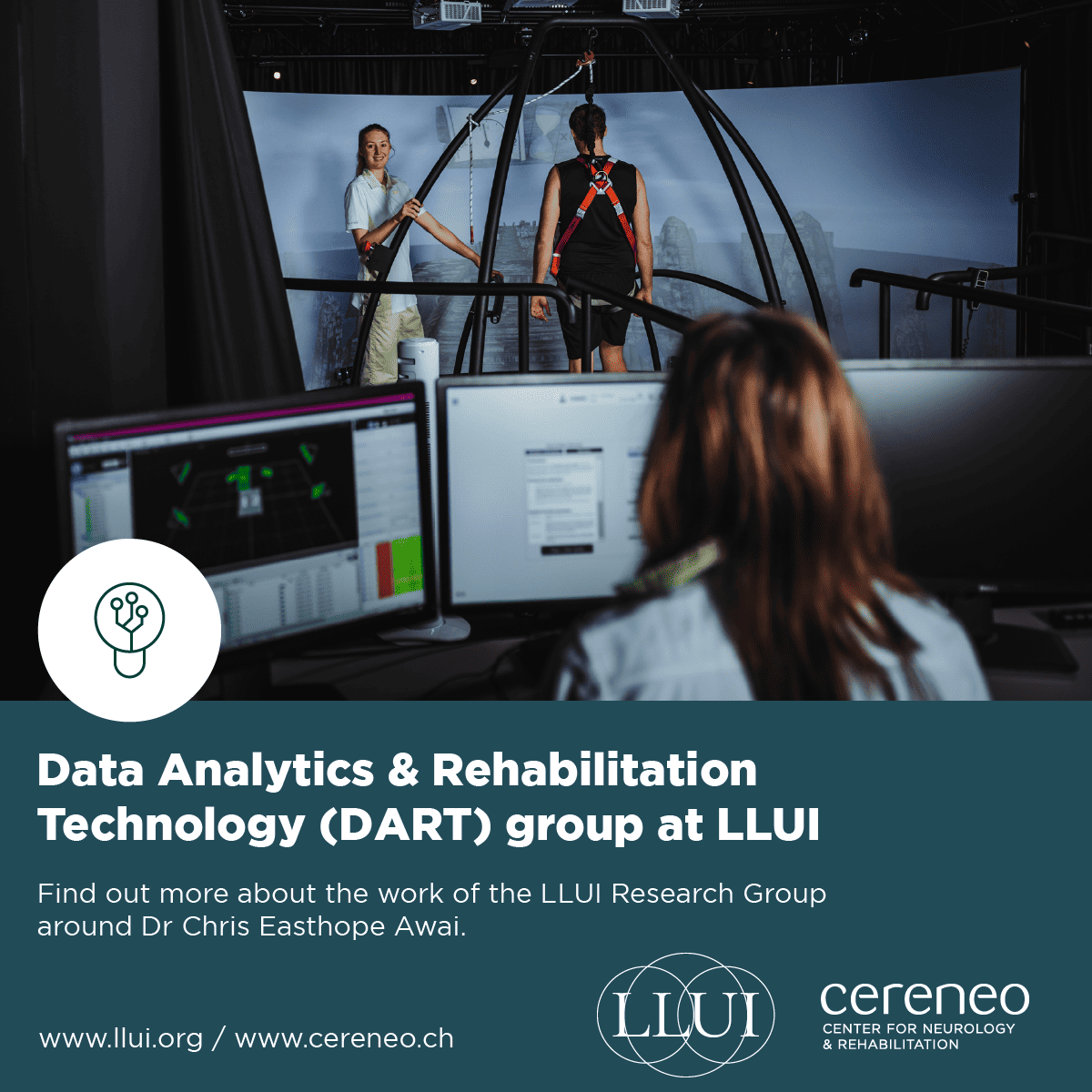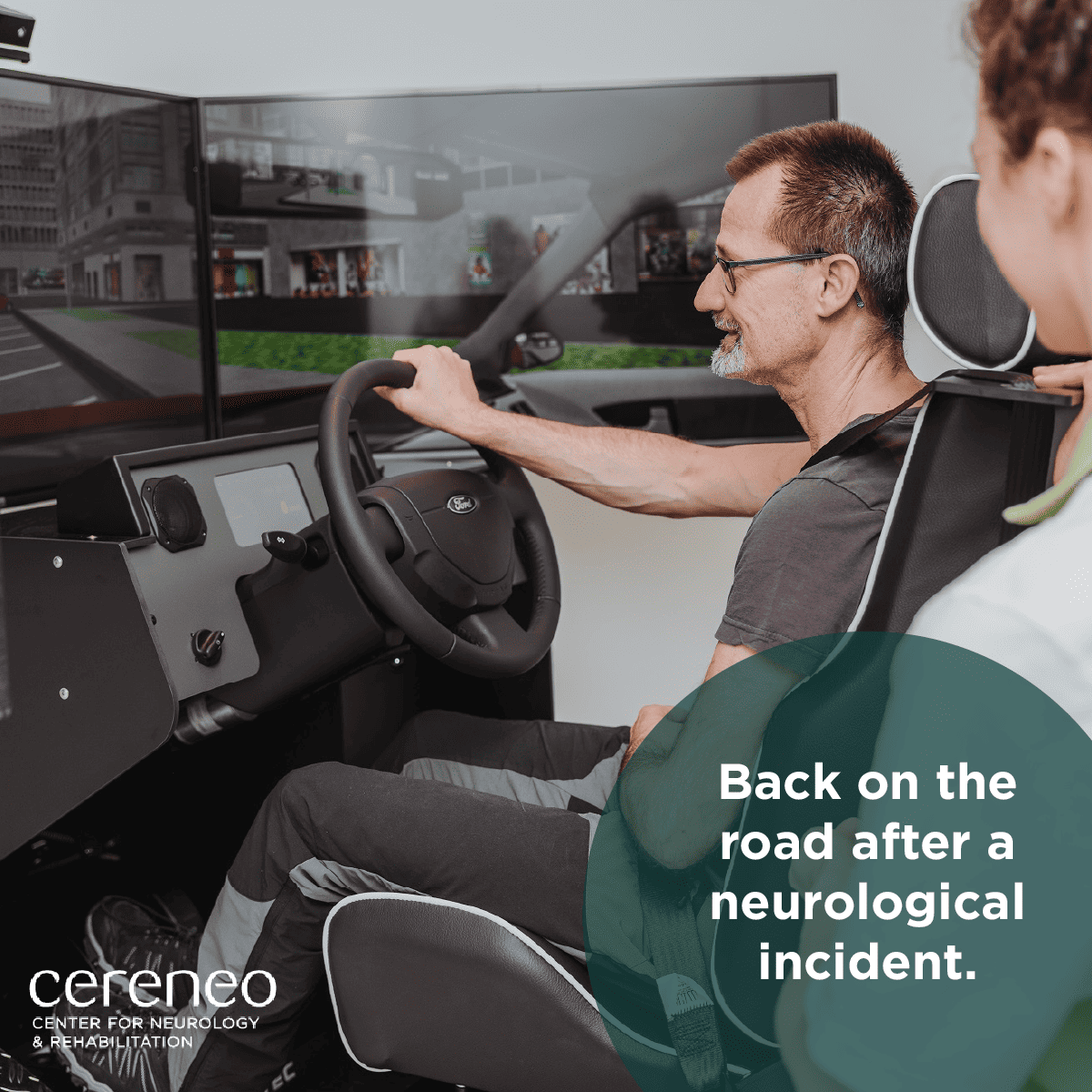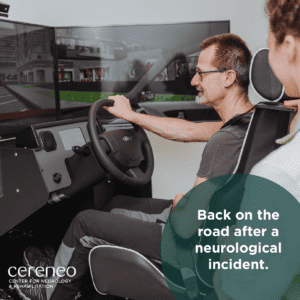When people are bedridden for an extended period due to illness and are not mobilized, it can lead to serious musculoskeletal and cardiovascular complications. While traditional verticalization methods, such as tilt table training, can bring patients into an upright position, they do not allow for movement and thus neglect other important aspects of rehabilitation.
The use of robotics is of great advantage for successful early rehabilitation. In movement therapy with bedridden patients, the Erigo, a robot-assisted therapy device, is used to enable early verticalization and promote movement.
What is the Erigo?
The Erigo is a robot-assisted therapy device developed for the early rehabilitation of bedridden patients. It enables patients to be quickly placed in an upright position and mobilised through controlled movements performed by a robotic skeleton. This combination of physical movement and sensory stimulation through FES (Functional Electrical Stimulation) is crucial for promoting circulatory activation and laying the foundation for further rehabilitation.
How does the Erigo work?
The patient is secured to the Erigo by a therapist while lying down. The patient’s feet, knees, hips, and chest are secured. Next, the ‘Test of Motion Measurement’ assesses the patient’s range of motion. The patient is then gradually brought into an upright position. The robotic skeleton can be activated either during this process or after the patient has been verticalized.
Individual Adjustment and Progress
The condition of each patient is very individual, and the required support varies greatly. A major advantage of the Erigo is that the device can be individually adjusted to each patient. For example, the speed, duration, movement patterns, weight relief, or Guidance Force can be individually regulated. « Guidance Force » refers to the supportive force that the device provides to assist patients in performing movements. Our qualified team of movement therapists, including experts like Lisa Zehender or Alejandro Ballester Vidal, provides individual care for each patient. They ensure that the therapy is not only effective but also safe and tailored to their specific needs.
Extended Therapy Goals with the Erigo
The primary objectives of therapy with the Erigo are to mobilize and verticalize patients. These steps are crucial for bedridden patients to transition to further rehabilitation measures. Gradually increasing the level of exercise and adapting to the upright posture are crucial.
Suitable Patients for the Erigo
The Erigo is particularly suitable for patients with neurological conditions, such as stroke and traumatic brain injuries. Early mobilisation plays a crucial role in the recovery process of patients by reducing the negative effects of immobility and promoting long-term recovery.










